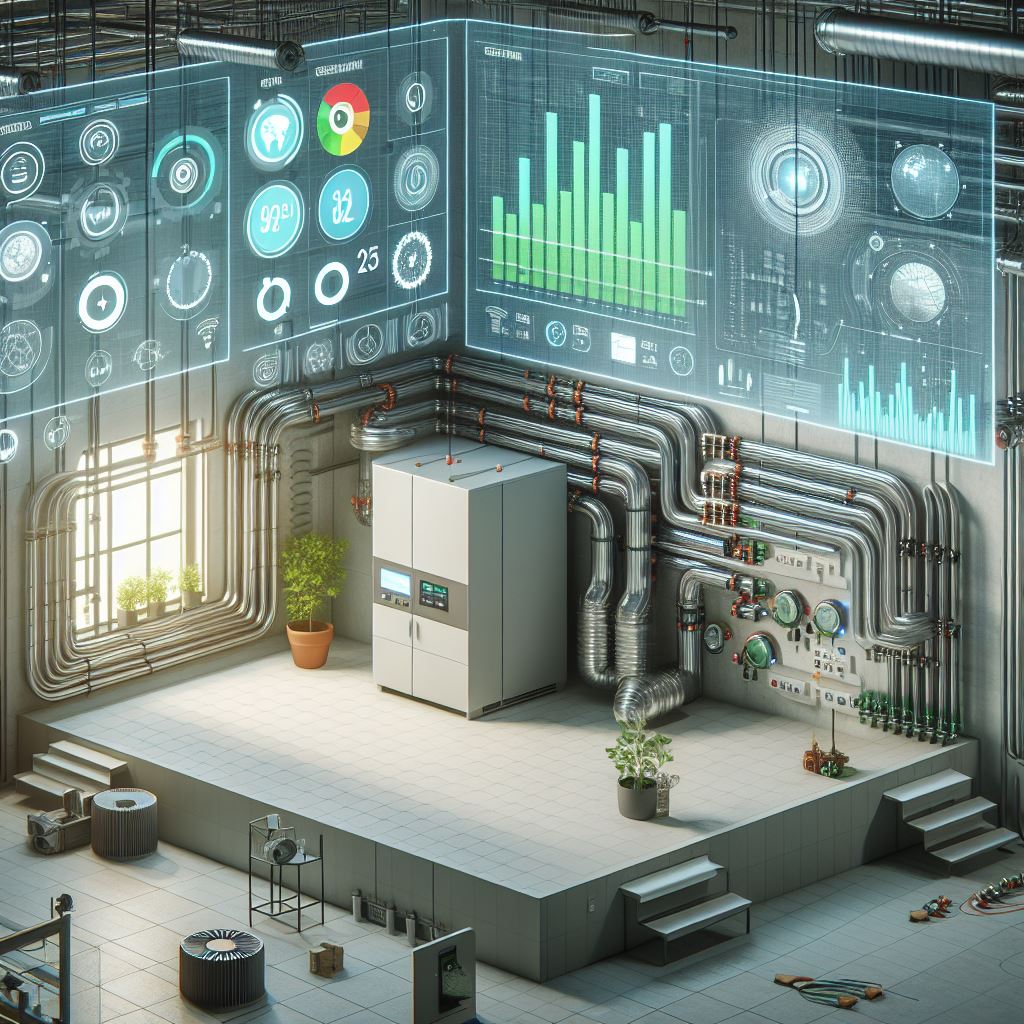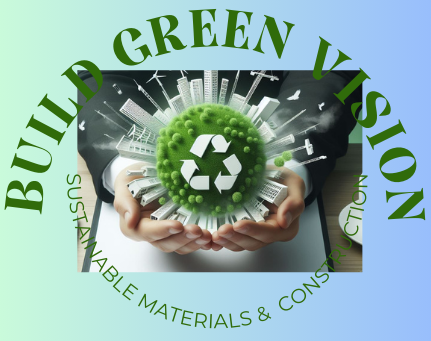
Unlocking the Potential: HVAC System Upgrades Explained
HVAC (Heating, Ventilation, and Air Conditioning) systems play a crucial role in maintaining comfortable indoor environments. However, outdated or inefficient HVAC components can contribute to higher energy consumption and increased costs. In this article, we will explore the functionalities of HVAC systems, the impact of outdated components on efficiency, various upgrade options, the importance of professional assessments, case studies showcasing real-life improvements, the long-term rewards of HVAC upgrades in terms of sustainability and cost savings, the benefits of enhanced indoor air quality, incentives and rebates available through government and utility programs, and tips for maintaining your upgraded system for longevity and ongoing energy savings.
Understanding HVAC System Functionalities and Their Impact on Energy Consumption
HVAC systems are designed to control the temperature, humidity, and air quality of indoor spaces. They consist of several components that work together to provide thermal comfort. These components include:
- Heating: The heating component of an HVAC system warms the indoor air during colder months. Common heating systems include furnaces, boilers, and heat pumps.
- Ventilation: Ventilation ensures proper air circulation within a building, removing stale air and introducing fresh outdoor air. It helps maintain indoor air quality and prevents the buildup of pollutants.
- Air Conditioning: The air conditioning component cools and dehumidifies the indoor air during warmer months. It typically involves the use of compressors, condensers, and evaporators.
- Controls: Controls, such as thermostats, regulate the operation of the HVAC system. They allow users to set desired temperature levels and control the timing of heating or cooling cycles.
The efficiency of an HVAC system can have a significant impact on energy consumption. Outdated components or poorly maintained systems may consume more energy than necessary, leading to higher utility bills and increased environmental impact.
Identifying Outdated Components and Their Effects on Efficiency
Several factors can contribute to the inefficiency of an HVAC system. These include:
Aging Equipment: As HVAC equipment gets older, it tends to become less efficient. Components such as furnaces or air conditioning units may require more energy to provide the same level of heating or cooling.
- Poor Insulation: Inadequate insulation can result in heat loss during winters and heat gain during summers. This places a higher demand on the HVAC system to compensate for the temperature fluctuations, leading to increased energy consumption.
- Leaky Ductwork: Leaks in the ductwork can cause conditioned air to escape, reducing system efficiency. Additionally, leaky ducts can allow dust and pollutants to enter the system, affecting indoor air quality.
- Inefficient Controls: Outdated thermostats and control systems may not provide precise temperature control or advanced programming options. This can result in unnecessary energy usage when heating or cooling is not required.
Exploring Various Upgrade Options: From Smart Thermostats to Energy-Efficient Units
Upgrading your HVAC system can help improve its efficiency and reduce energy consumption. Here are some upgrade options to consider:
- Smart Thermostats: Smart thermostats offer advanced programming capabilities and can learn your preferences over time. They allow for precise temperature control and can adjust settings based on occupancy patterns, saving energy when spaces are unoccupied.
- Energy-Efficient Units: Upgrading to energy-efficient furnaces, air conditioners, or heat pumps can significantly reduce energy consumption. Look for systems with high Seasonal Energy Efficiency Ratio (SEER) ratings for air conditioners and Annual Fuel Utilization Efficiency (AFUE) ratings for furnaces.
- Zoning Systems: Zoning systems divide a building into separate areas or zones, each with its own thermostat and control. This enables more precise temperature control and reduces energy waste by only conditioning occupied areas.
- Insulation and Sealing: Improving insulation in walls, attics, and ductwork can minimize heat transfer and air leakage. Proper sealing of air leaks in windows, doors, and ducts helps maintain a more controlled indoor environment.
The Role of Professional Assessments in Tailoring Upgrades to Your Needs
Professional assessments by HVAC technicians or energy auditors are essential for identifying the specific needs of your HVAC system. These assessments involve:
- System Inspection: A technician will inspect your HVAC system, identifying potential issues and areas for improvement. They will assess the condition of the equipment, ductwork, insulation, and controls.
- Load Calculation: Load calculations determine the heating and cooling requirements for your space. Factors such as square footage, insulation levels, and occupancy patterns are considered to determine the appropriate system size.
- Energy Audits: Energy audits provide a comprehensive analysis of your home’s energy usage. They help identify energy-saving opportunities and recommend specific upgrades based on your energy consumption patterns.
By conducting a professional assessment, you can receive personalized recommendations tailored to your specific needs and maximize the effectiveness of your HVAC system upgrades.
Case Studies: Real-Life Improvements and the Resulting Energy Savings
Real-life case studies can provide valuable insights into the benefits of HVAC system upgrades. Here aresome examples showcasing the improvements and energy savings achieved through upgrades:
- Case Study 1: A residential home upgraded its outdated furnace with a high-efficiency model. The new furnace had an AFUE rating of 95%, compared to the previous model’s rating of 80%. As a result, the homeowner experienced a 15% reduction in heating energy consumption and a significant decrease in utility bills.
- Case Study 2: A commercial building implemented a zoning system, dividing the space into different zones with separate thermostats. This allowed them to heat or cool only the occupied areas, resulting in energy savings of up to 20% during non-peak times.
- Case Study 3: A school upgraded its HVAC controls to smart thermostats with occupancy sensors. The thermostats adjusted the temperature settings based on occupancy patterns, reducing energy waste during unoccupied periods. The school achieved energy savings of 10% and improved comfort for students and staff.
Investing in Sustainability: The Long-Term Rewards of HVAC Upgrades
Upgrading your HVAC system not only provides immediate benefits but also contributes to long-term sustainability. Here are some rewards you can expect:
Reducing Carbon Footprint Through Efficient HVAC Systems
By improving the efficiency of your HVAC system, you can reduce your carbon footprint. Energy-efficient units consume less energy, resulting in lower greenhouse gas emissions. This helps combat climate change and promotes environmental sustainability.
Long-Term Cost Savings: A Breakdown of Energy Bill Reductions
HVAC system upgrades can lead to significant long-term cost savings. Energy-efficient components and smart controls reduce energy consumption, resulting in lower utility bills. The exact amount of savings will depend on factors such as the size of the building, local energy rates, and the extent of the upgrades.
Enhanced Indoor Air Quality and Its Benefits to Occupants
Upgraded HVAC systems often provide better indoor air quality, benefiting the health and comfort of occupants. Advanced filtration systems can remove airborne pollutants, allergens, and contaminants, promoting a healthier indoor environment. Improved ventilation also helps control humidity levels and reduces the risk of mold and mildew growth.
Incentives and Rebates: Understanding Government and Utility Programs
To encourage energy-efficient upgrades, many governments and utility companies offer incentives and rebates. These programs can help offset the upfront costs of HVAC system upgrades. Research local programs to determine the available incentives and eligibility criteria.
Maintaining Your Upgraded System: Tips for Longevity and Ongoing Energy Savings
Once you’ve upgraded your HVAC system, proper maintenance is crucial for ensuring its longevity and ongoing energy savings. Here are some tips to consider:
- Regular Maintenance: Schedule regular inspections and maintenance with a qualified HVAC technician. This includes cleaning or replacing filters, checking refrigerant levels, inspecting ductwork, and ensuring proper airflow.
- Programmable Thermostat Settings: Take full advantage of your smart thermostat’s programming capabilities. Set energy-saving temperatures when spaces are unoccupied and adjust settings based on seasonal needs.
- Air Filter Replacement: Keep your air filters clean and replace them regularly. Clogged filters can restrict airflow and decrease system efficiency.
- Ductwork Inspection: Periodically inspect ductwork for leaks and proper insulation. Sealing any leaks and ensuring adequate insulation will prevent energy loss and maintain system efficiency.
- Regular Cleaning: Keep outdoor units free from debris, such as leaves or grass clippings. Clean indoor vents and registers to prevent blockages and maintain proper airflow.
By following these maintenance tips, you can maximize the performance of your upgraded HVAC system and continue to enjoy energy savings for years to come.
In conclusion, HVAC system upgrades offer numerous benefits, including improved energy efficiency, reduced carbon footprint, long-term cost savings, enhanced indoor air quality, and incentives through government and utility programs. By understanding the functionalities of HVAC systems, identifying outdated components, exploring upgrade options, and seeking professional assessments, you can unlock the potential of your HVAC system and create a more sustainable and comfortable indoor environment.
